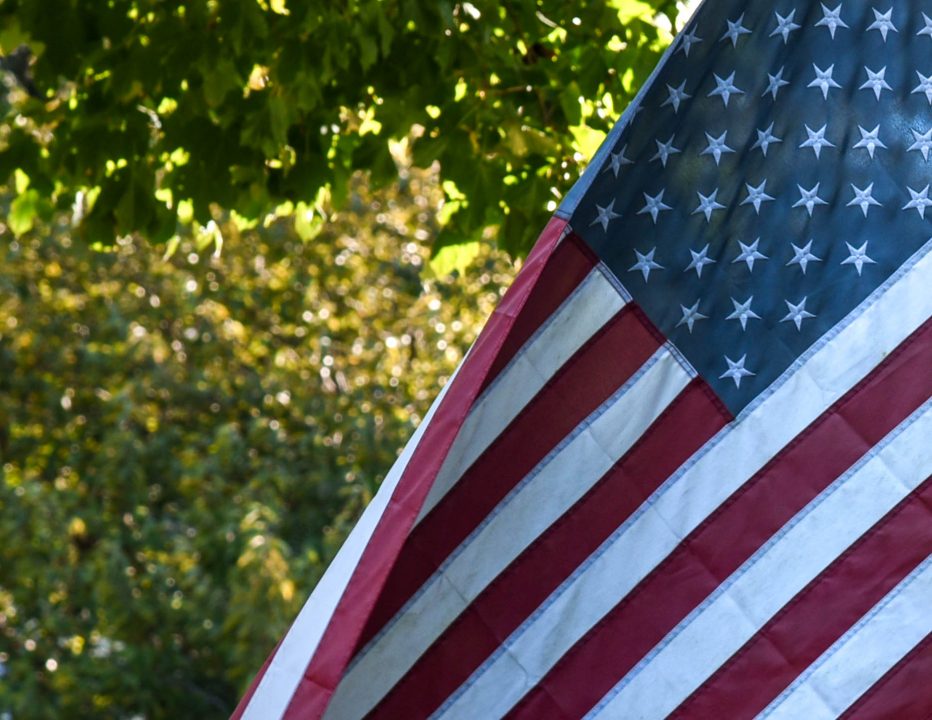Compiled by the Retriever Weekly Senior Staff
Campus developments will benefit the next generation rather than the current one
The current and future development plans for UMBC were discussed by four strategy groups and a Foundations Work Group on February 9 in the ballroom. These four strategy groups are comprised of UMBC undergraduate students, graduate students, alumni, faculty and staff.
The groups were delegated specific areas of focus: Student Experience; Innovative Curriculum and Pedagogy; Collective Impact in Research, Scholarship and Creative Achievement; and Community and Extended Connection.
After conducting interviews and surveys with the UMBC community during the fall 2014 semester, the groups presented their findings, which will be incorporated in the overarching plan for the university’s development.
While upcoming projects will clearly benefit the campus and community, a majority of the changes seem intended for the next generation of students, rather than the students who are presently here. Many students have expressed frustrations over the construction taking place and hope the results will be worth the wait.
Some students are currently struggling with the campus entrance project. With the anticipated completion date set for 2016, many of the upper-level commuters will only get to experience the bumper-to-bumper traffic and hair-raising maneuvering through the construction.
Joanne Pan, a junior English major who utilizes the UMBC transit system to get to and from campus, explained that the congestion from the new campus entrance construction can cause problems during her commute. She said, “It’s really annoying sometimes, as both a commuter and a student. You do not want to go there.”
Julianne Simpson, the assistant director for planning facilities management, described the benefits of the new events center at the meeting, which will house the sports teams, graduations and career fairs. This project is set for completion by 2017.
The new Interdisciplinary Life Sciences building, anticipated for 2019, was described as a major benefit to the university. Not only will it contain more classrooms for interactive learning, it will also increase the number of STEM graduates and provide a space for research.
Sofia Navard, a senior media and communication studies major, said, “I am particularly excited about the events center. Unfortunately, the traffic stemming from the construction can be a bit unbearable on some days. However, I just remind myself that it’s all a part of the package.”
Expansion projects and improvements are part of the reality of attending a public university, especially one that promotes itself as a research institution. The construction on campus can be exhausting and nerve-racking, but it is a necessary evil. These projects, while frustrating and inconvenient to current students, will greatly benefit the impending student body and UMBC community as it continues to expand. They will help to increase the number of students who graduate from UMBC as well as improving the quality of their education.
In regards to the plan for UMBC’s future, Philip Rous, the university provost, said, “We will be offering additional opportunities for the entire campus community to engage with the planning process as it proceeds along the timeline. Each strategy group has, and will continue to, engage with the UMBC community as their work progresses.”
The next step is for the strategy groups to convey their research to the Strategic Planning Steering Committee, who will incorporate the data into the development plan for the university. This discussion will take place over the course of the spring 2015 semester.

